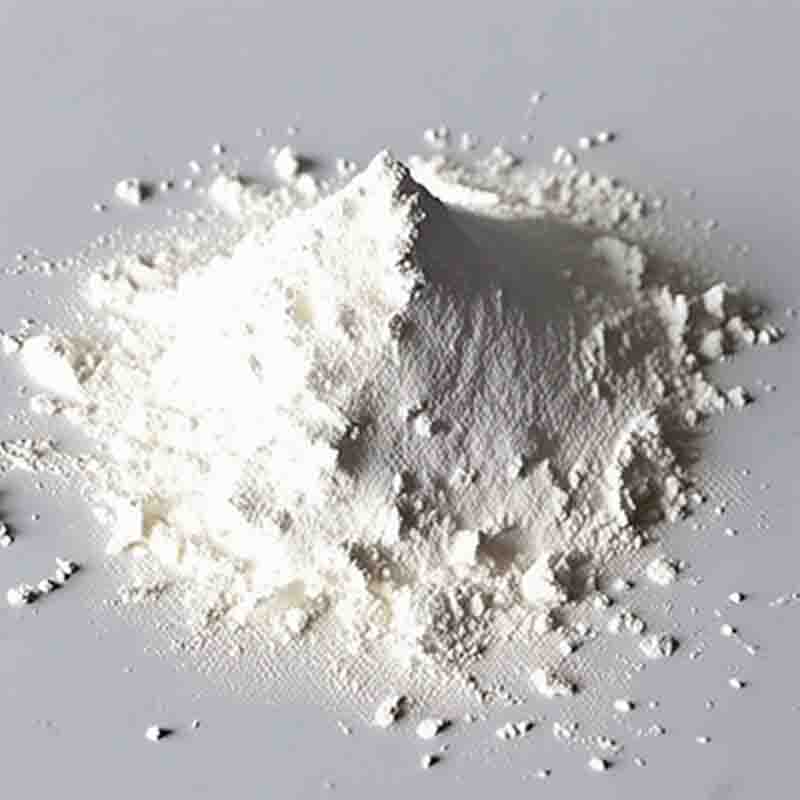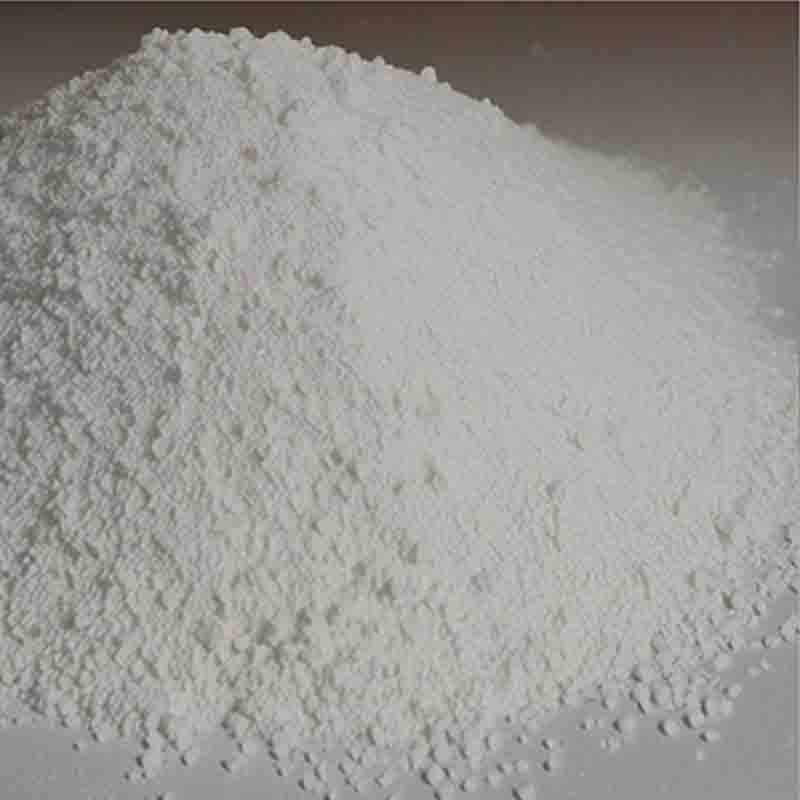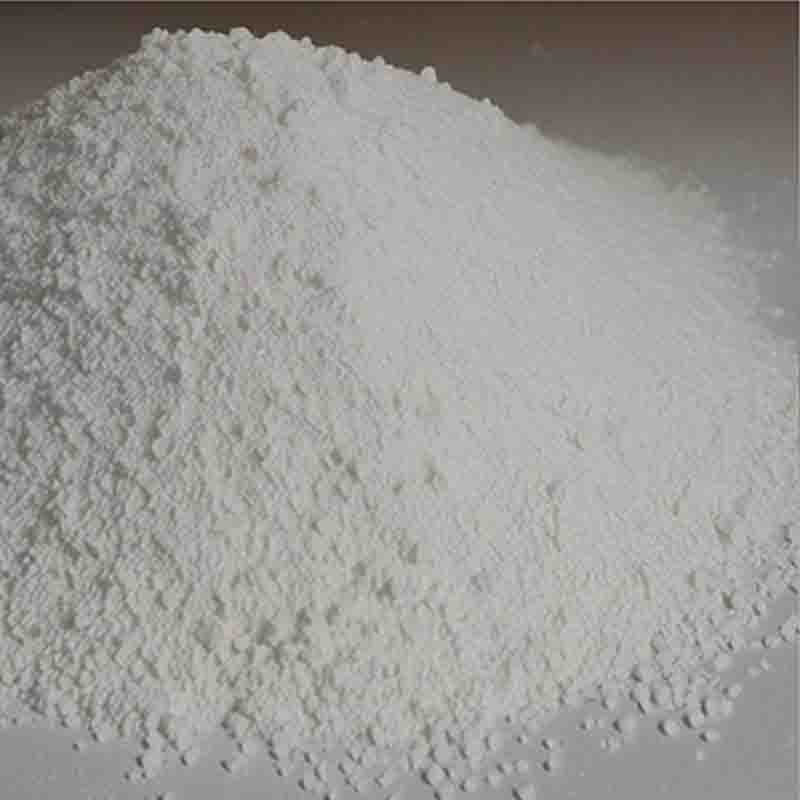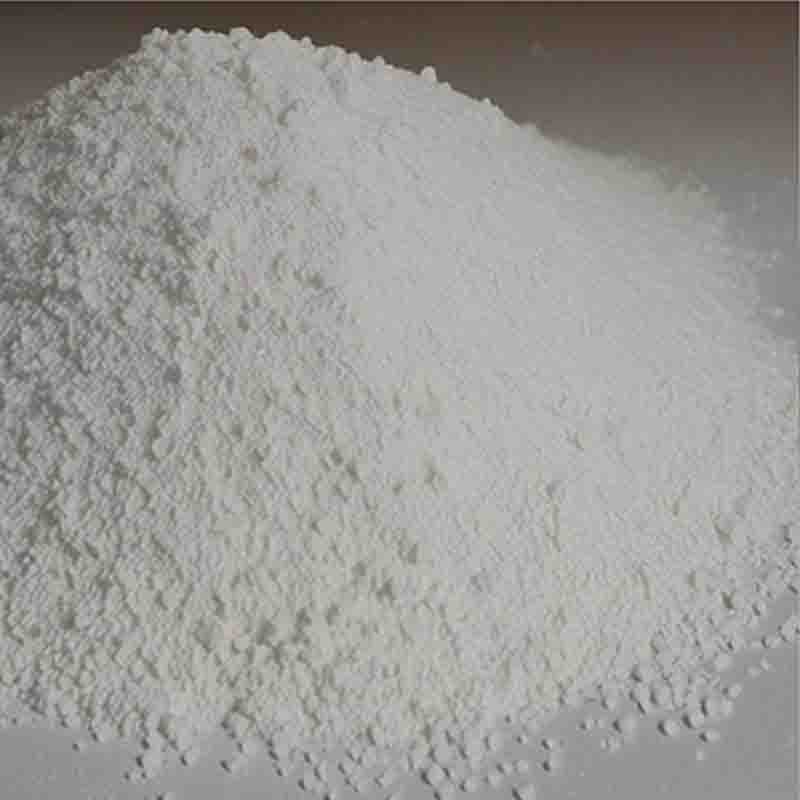2-Vinylnaphthalene CAS: 827-54-3
| Catalog Number | XD94922 |
| Product Name | 2-Vinylnaphthalene |
| CAS | 827-54-3 |
| Molecular Formula | C12H10 |
| Molecular Weight | 154.21 |
| Storage Details | Ambient |
Product Specification
| Appearance | White powder |
| Assay | 99% min |
The compound 2-vinylnaphthalene, also known as 2-ethenyl-1-naphthalene, has several potential applications in various fields.
One of its main uses is in the field of organic synthesis. 2-vinylnaphthalene can serve as a versatile building block or intermediate in the synthesis of various organic compounds. Its unique structure and functional groups make it suitable for the preparation of diverse molecules, including pharmaceuticals, dyes, and polymers. Additionally, 2-vinylnaphthalene can be modified to introduce additional functional groups or enhance its reactivity, making it a valuable tool in organic chemistry.
2-vinylnaphthalene also finds application in the field of materials science. It can be utilized in the synthesis of functional materials with specific properties. For example, it can be incorporated into polymers or coatings to enhance their performance in terms of conductivity, optical properties, or thermal stability. 2-vinylnaphthalene's versatility makes it a valuable tool for the design and development of advanced materials.
Furthermore, 2-vinylnaphthalene has applications in the field of electronics. It can be used as a monomer for the preparation of organic semiconductors, which are used in various electronic devices such as organic light-emitting diodes (OLEDs) and organic photovoltaic cells. The compound's conjugated structure and ability to transport charge make it suitable for these applications.
In addition, 2-vinylnaphthalene can be used as a starting material for the synthesis of fragrances and flavors. Its aromatic nature and structural features make it a valuable component for the development of specific scents and tastes.
Overall, 2-vinylnaphthalene has diverse applications in organic synthesis, materials science, electronics, and fragrance/flavor industry. Its versatility and ability to serve as a building block or monomer make it a valuable compound in multiple scientific and industrial disciplines.




![(2S,5R)-5-[(benzyloxy)amino]piperidine-2-carboxamide CAS: 1416134-49-0](https://cdn.globalso.com/xdbiochems/白色粉末2245.jpg)




